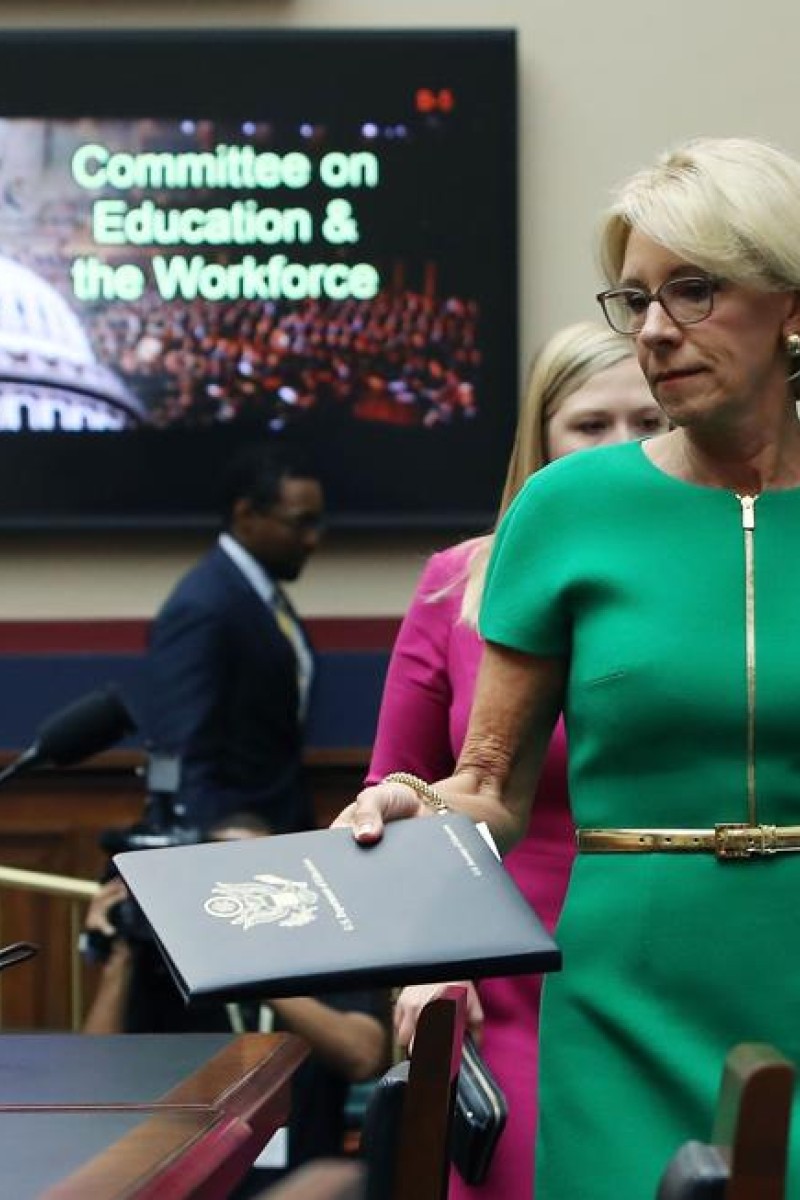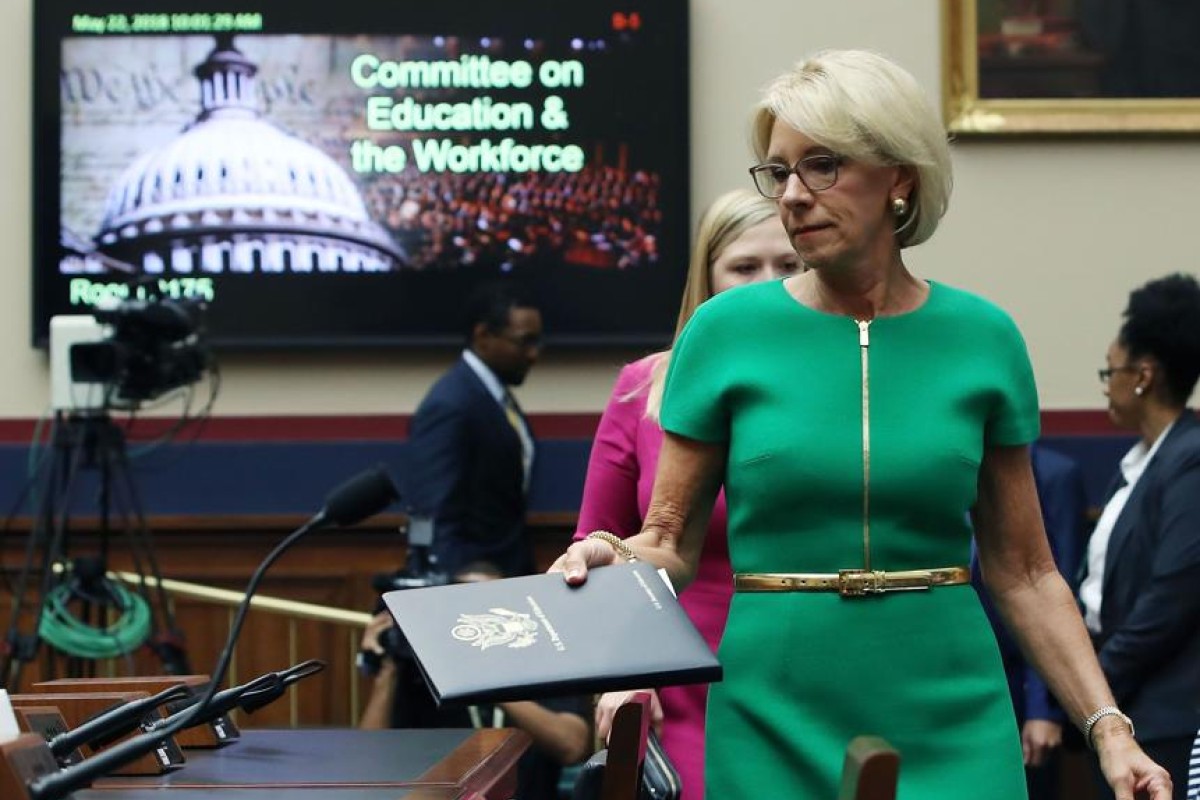
How American for-profit universities are ruining the education system
America’s for-profit universities are getting a bad name, thanks to their questionable practices which have a negative affect on students and their future

 US Education Secretary Betsy DeVos supports for-profit colleges.
US Education Secretary Betsy DeVos supports for-profit colleges. To many, for-profit higher education is synonymous with poor teaching quality, extortionate fees, and abysmal student outcomes. It has also been dogged by lawsuits, fraud investigations, and a strict regulatory framework. Criticised by the media and politicians alike, the industry has few friends.
This article will look at the for-profit higher education sector in the United States. I will assess its current state and probe how deserving such universities are of the criticism so often levelled against them.
In most countries well-known for their higher-education sectors, such as Britain and Canada, there are only a handful of for-profit institutions.
United States Federal Reserve’s bid to counter inflation could lead to recession
Enrolments drop significantly
The US, on the other hand, has the world’s largest for-profit education sector. But the vast majority of the country’s students study at non-profit universities and colleges.
Annual enrolments at for-profit institutions have dropped markedly, from two million in 2010 to just 900,000 in 2017. That represents a tiny fraction of around 20 million Americans in college.
The sector however still merits attention – and receives plenty – because of the students it targets. When compared to traditional universities or community colleges, for-profit colleges attract a disproportionately high number of students from more vulnerable groups in society, surveys have found. These include minorities, low-income adult learners, and war veterans, among other non-traditional students.
Trump loves protectionism because he is a populist, but globalisation is here to stay
Aggressive, even illegal, marketing tactics and consistently poor student outcomes undermined the reputation of the colleges and contributed to the steep drops in enrolment. Then, two of the largest for-profit institutions – Corinthian Colleges and ITT Technical Institute – declared bankruptcy in 2015 and 2016, respectively, spurring widespread investigation into the practices of such colleges.
In response to public pressure for change, the Obama administration enacted two key regulatory measures. The first was to cancel the debt of students who attended for-profit colleges that acted fraudulently. Colleges were to be held responsible for the outstanding debt.
Also enacted was the gainful employment mandate, which suspended loans to colleges if their graduates’ employment opportunities did not enable them to repay student debt.
Large student debt
But are poor student outcomes and large student debt issues inherent to the for-profit education industry? Or do universities like Corinthian and ITT represent the worst manifestations of the industry: bad players that can be regulated out of the system. Stringent accreditation standards tend to impose a burden on smaller institutions, but that is perhaps a worthy trade-off to make. The Trump administration, to be sure, has been more supportive of for-profit educational institutions.
Also significant is the fact that Donald Trump’s Secretary of Education, Betsy DeVos, is an ardent advocate of market-based solutions in education. A billionaire, DeVos has given millions to fund private and charter schools. She is a supporter of for-profit colleges, and under her stewardship, the Department of Education has controversially rolled back the Obama era regulations.
DeVos asserts that the regulations represented government overreach and placed an undue burden on for-profit colleges. Market-based solutions are often credited for generating efficiency and quality through competition for business. In theory, this should apply to for-profit universities, too, as they vie for students by improving educational standards and securing well-paying jobs for their graduates. This is the argument usually put forward by advocates of such institutions.
How financial markets could be the solution to getting climate change under control
Vulnerable students
With higher education, however, the ostensibly market-based approach has not yielded any evidence of greater efficacy. Targeted students are often from vulnerable backgrounds who lack the information required to make an educated decision. In a number of instances, information provided by the institutions about graduation and employment rates was patently false.
Easy access to subsidised government loans to students at for-profit colleges also makes the enrolment enticing. Importantly, with the current administration’s policies, it is the government, not the university, that is ultimately on the hook should students default on the loans. Crucially, through grants and student aid, the largest for-profit colleges rely on government money for anywhere between 70 and 90 per cent of all revenue. Not so market-driven, after all, don’t you think?
Edited by M. J. Premaratne
